PVC ball valves are made of polymers of vinyl chloride, a flexible type of plastic utilized in commercial, residential, and industrial settings. A PVC ball valve generally consists of a handle attached to a ball inside a valve. This design provides dependable performance and ideal shut-off in various industries. Although ball valves are also frequently created from brass or stainless steel, PVC ball valves are lighter, cheaper to produce, better at handling acids, and more corrosion-resistant than these other materials. Read More…
Marwin Valve is known for high quality products and customer service. Some products include ball valves, brass ball valves, high pressure valves, stainless steel ball valves, flanged ball valves, 4 way ball valves and 3 way ball valves. We serve a wide variety of industries. Please give us a call today to learn more information!
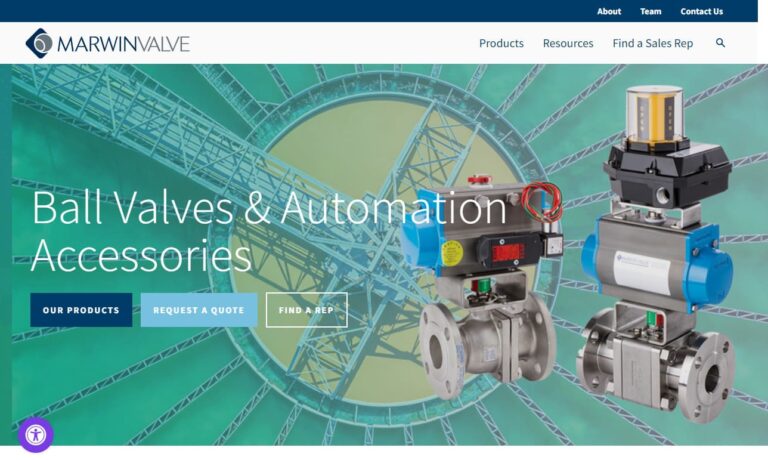
At Kingston Valves, we are proud to be recognized as a leading manufacturer and supplier of high-quality ball valves, catering to diverse industries worldwide with precision-engineered solutions that ensure efficient flow control and reliable performance. With decades of experience and a commitment to innovation, we have earned the trust of our customers as a dependable partner for all their...
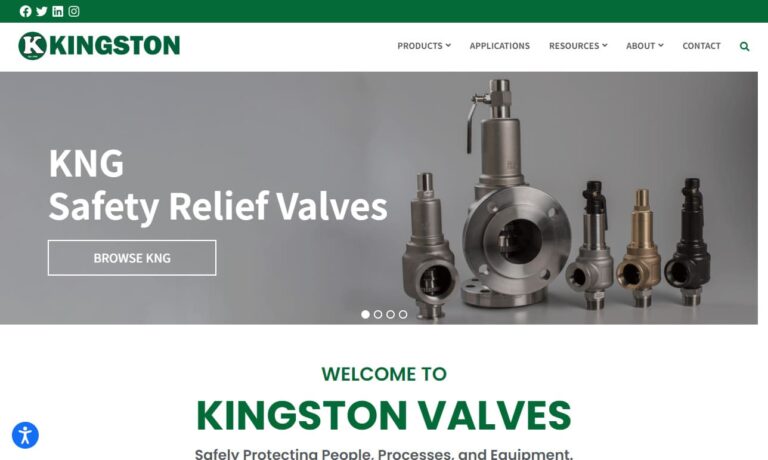
When it comes to ball valves, you can count on Valve Check to manufacture ball valves and relief valves! Our valves can operate up to 10,000 PSI, and can be made from such materials as brass, aluminum, steel and stainless steel. Many standards and configurations available! For more information, call us today! We look forward to working with you!
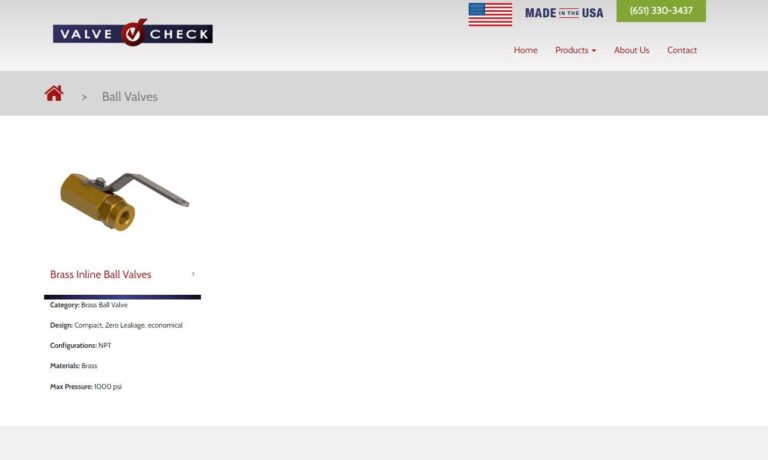
Alloy Valves and Controls, Inc. (AVCO) manufactures valves and instrumentation devices for all types of fluid flow conditions. We supply standard and custom products with full control over our designs and manufacturing. We are proud to be an ISO 9001:2015 Certified, “Made in California” and “Women Owned” business. We produce control valves, cryogenic valves, sanitary valves and...
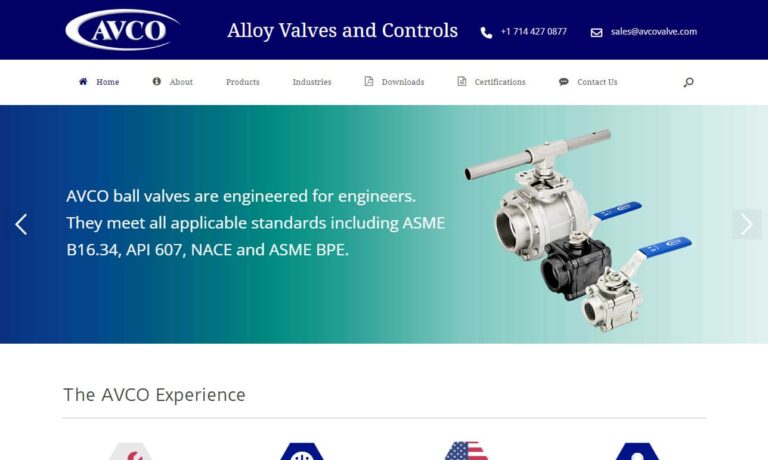
More PVC Ball Valve Manufacturers
How PVC Ball Valves Work
A ball valve features a rotating ball with an opening at the center of the valve. The opening can be oriented parallel or at right angles to the pipework to open or stop the media flow by turning the ball at a right angle. PVC valves can be utilized for various media, such as water, air, acidic compounds, acids, and bases. They are also reliable and affordable. However, PVC ball valves are less resistant to pressure and mechanical stress, and have a lower maximum temperature range, than stainless steel or brass ball valves.
PVC ball valves can be ordered with various pipeline connectors, including pipe threads, solvent sockets (used for glue), and flange types. PVC ball valves are also formed as union valves, also known as double union control valves, that employ a special connection allowing them to be directly attached to a piping system. This connection subsequently saves time and money by allowing a user to remove or repair the valve without having to disassemble the entire system.
Construction and Design
PVC ball valves are made from a vinyl resin-related material. Polyvinyl chloride, or PVC, is a thermoplastic polymer that alters its physical characteristics when heated or chilled. PVC and other thermoplastics can be heated and molded several times, which prevents them from filling up landfills and makes them environmentally beneficial. In addition, PVC has exceptional resistance to acids, chemicals, and water. Due to its dependability and durability, PVC is widely used for several industrial, commercial, and residential functions.
When a PVC ball valve is properly aligned with the valves, the ball contains an opening through which fluids can flow. A hole or port runs through the center of the ball, and when the outlet is lined up with all ends of the valve, liquid can flow through the valve's body. No liquid can enter through the hole when the ball valve is closed since it is situated at right angles to the ends of the valve. PVC ball valve handles are very accessible and simple to use and the position of the valve is adjustable via the handle.
Piping, plumbing, wastewater treatment, and almost every other industry using pipes to carry gasses, liquids, and suspended solids use PVC ball valves. PVC ball valves can range from miniature versions with compact proportions to foot-long diameter valves. Ball valves have traditionally featured two ports, or openings, where pipes have been connected. Ball valves with three ports have also been developed more recently. We examine these differences in design and function in greater detail below.
2-Way Ball Valves
A two-way PVC ball valve is a linear ball valve with an inlet and an exit port. These valves are regarded as parallel with the majority of the system because the fluid only flows in a single direction. In addition, these valves have an open or closed position. Thanks to their quarter-turn feature, they are simpler to operate than with 3-way ball valves and allow for the valve to open or shut. Fluids flow from the intake connection when the valve handle is open or linear to the pipe or hose. The valve closes, and the fluid flow is stopped, if the handle is at a right angle to the pipe or hose.
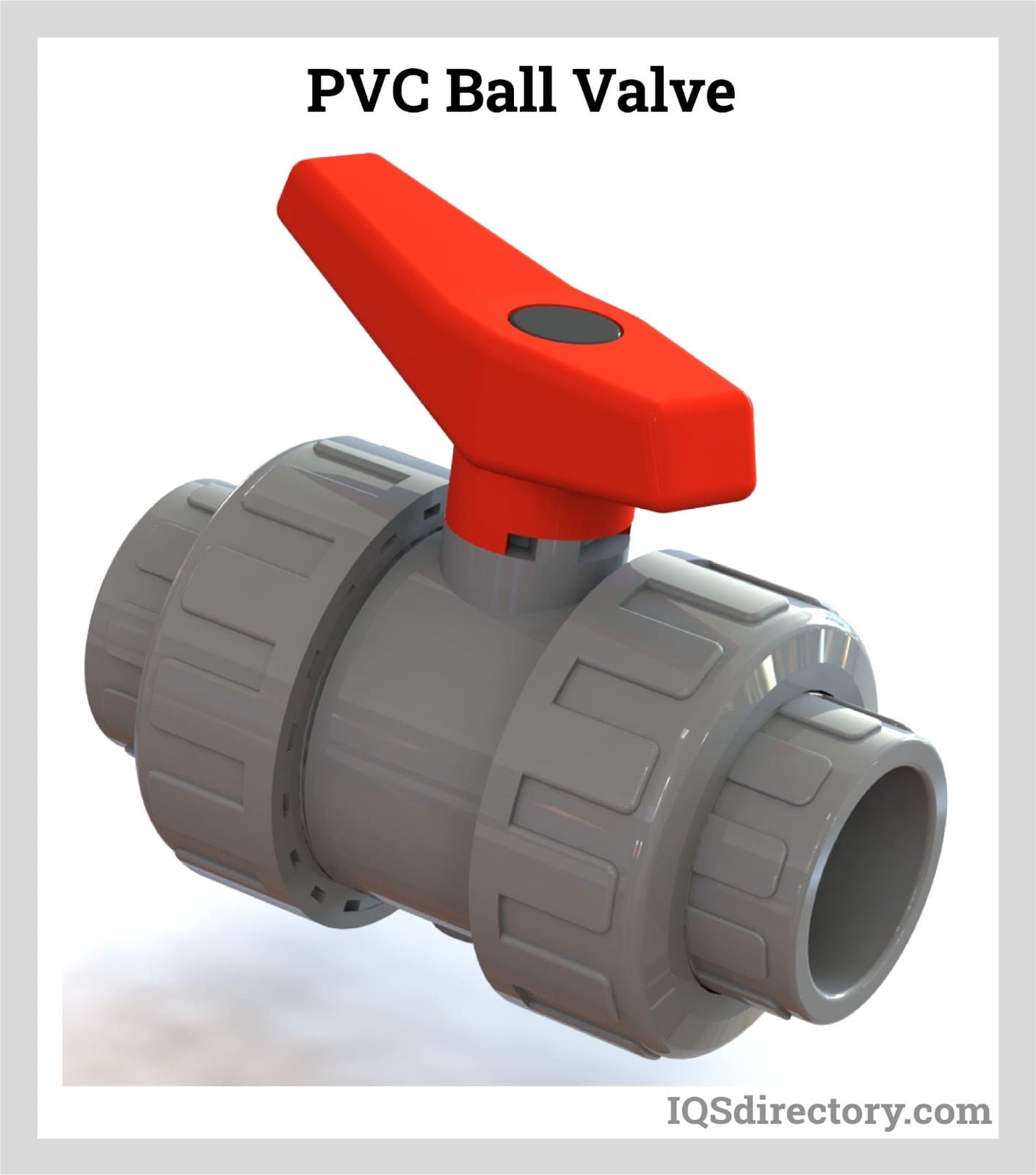
3-Way Ball Valves
The most popular multiport valve is a three-way PVC ball valve. These ball valves are extremely useful since they can direct media flow in different directions, easily combine different media, and control media flow, temperatures, and pressures through use of the third port. The three ports on this valve are divided into L-port and T-port designs. These designs refer to the media flow channel, or bore design, in the ball. The three-way ball valve may blend, disperse, or redirect the media flow using the T-port or L-port.
However, 3-way valves cannot be shut off since two of the bores are always left open. Since the ports can be in various positions, it is crucial to comprehend your bore design requirements to ensure that your intended media flow is performed. Media flow is controlled by a handle which controls which ports are opened or closed. A quarter twist of the lever will change the flow direction, depending on how the valve's bore is constructed.
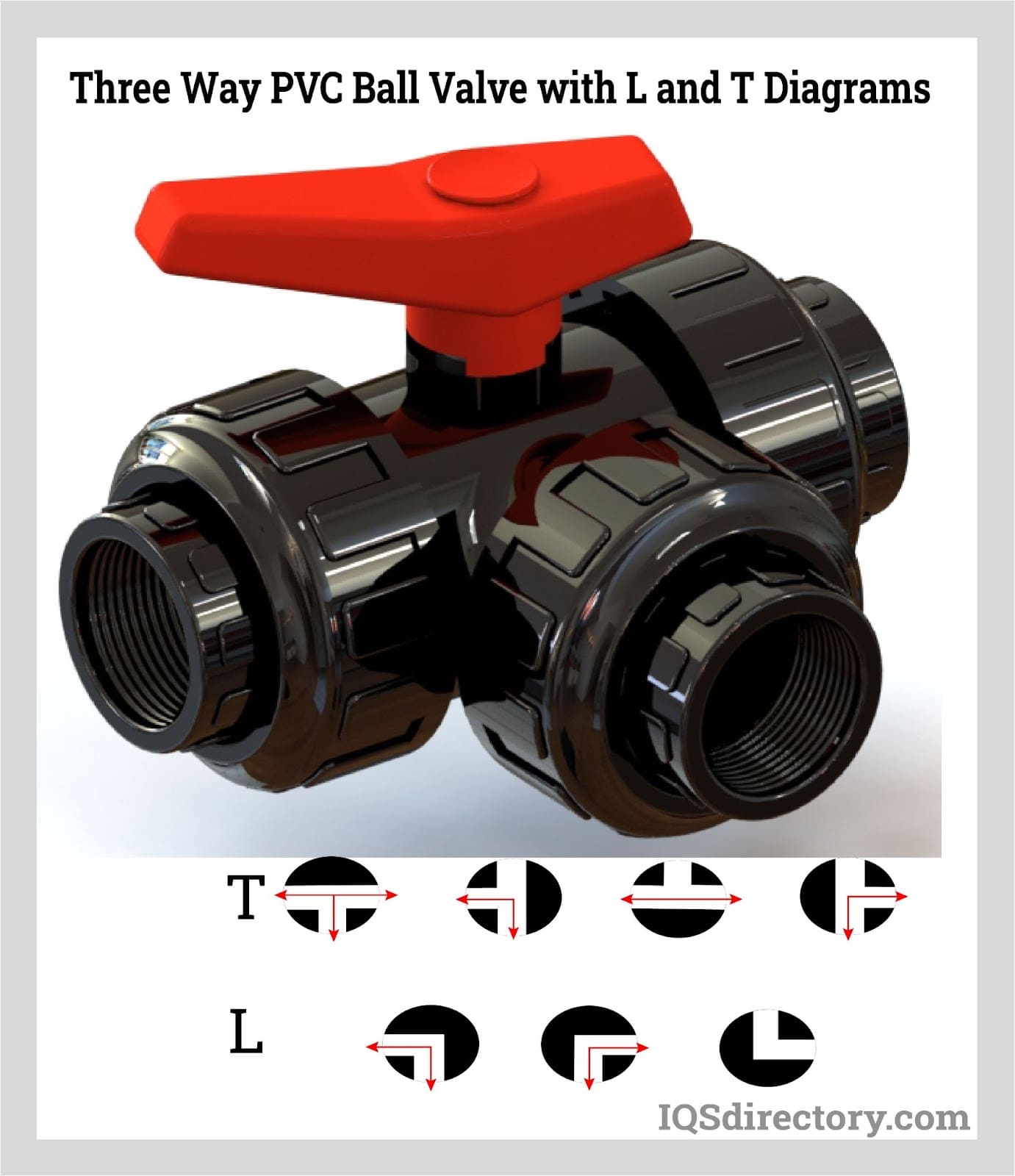
Actuated Ball Valves
In addition to being operated manually, ball valves can also be controlled through electrical or pneumatic actuators. These valves are excellent options for controlling a process from a distance. Confirming that the valve and the controller share the same flange diameter is critical when choosing an actuator. These valves typically feature an ISO (International Organization for Standardization) 5211 standardized flange. This standardization allows one to accurately pair an actuator to a pipe flange’s diameter.
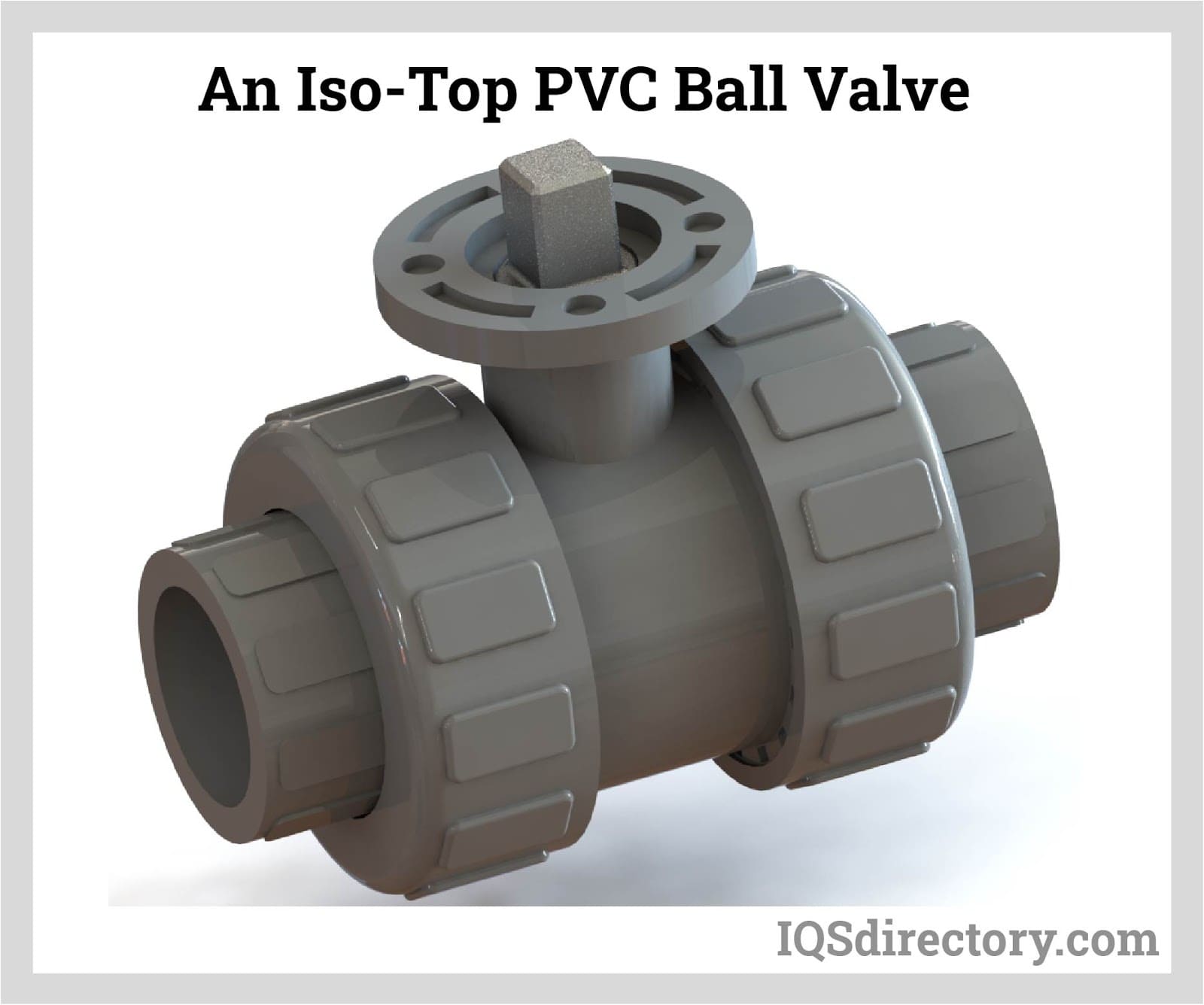
Choosing the Right PVC Ball Valves Supplier
To make sure you have the most constructive outcome when purchasing PVC Ball Valves from a PVC Ball Valves Supplier, it is important to compare at least 4 Companies using our PVC Ball Valves directory. Each PVC Ball Valves Manufacturer has a business profile page that highlights their areas of experience and capabilities and a contact form to directly communicate with the manufacturer for more information or request a quote. Review each PVC Ball Valves business website using our patented website previewer to get an idea of what each company specializes in, and then use our simple RFQ form to contact multiple PVC Ball Valves companies with the same form.

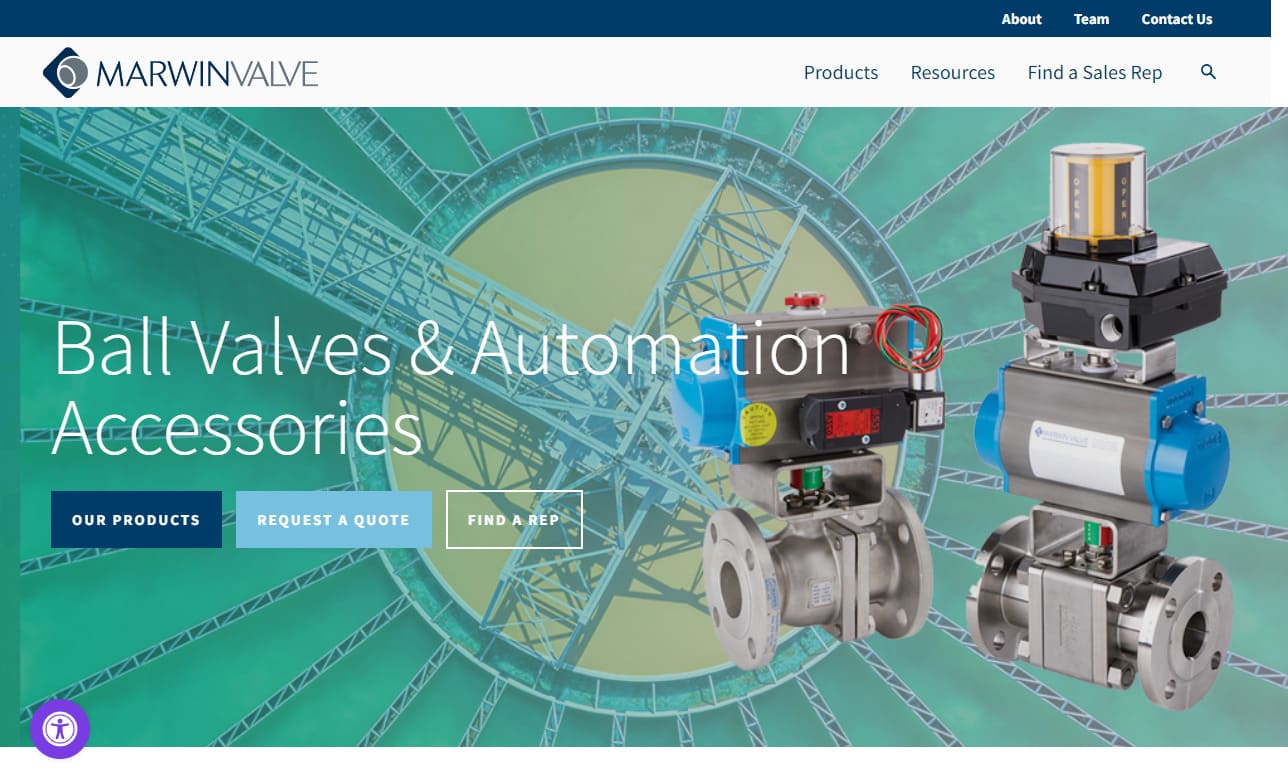
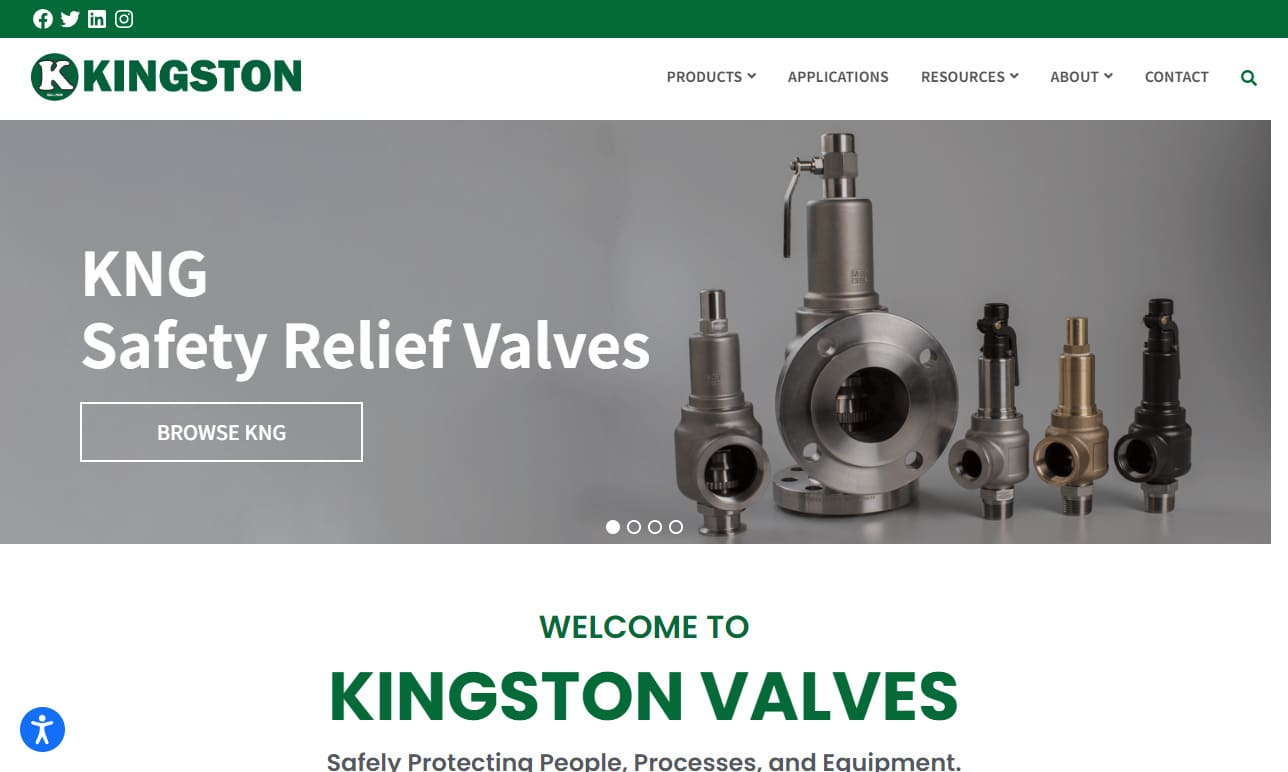
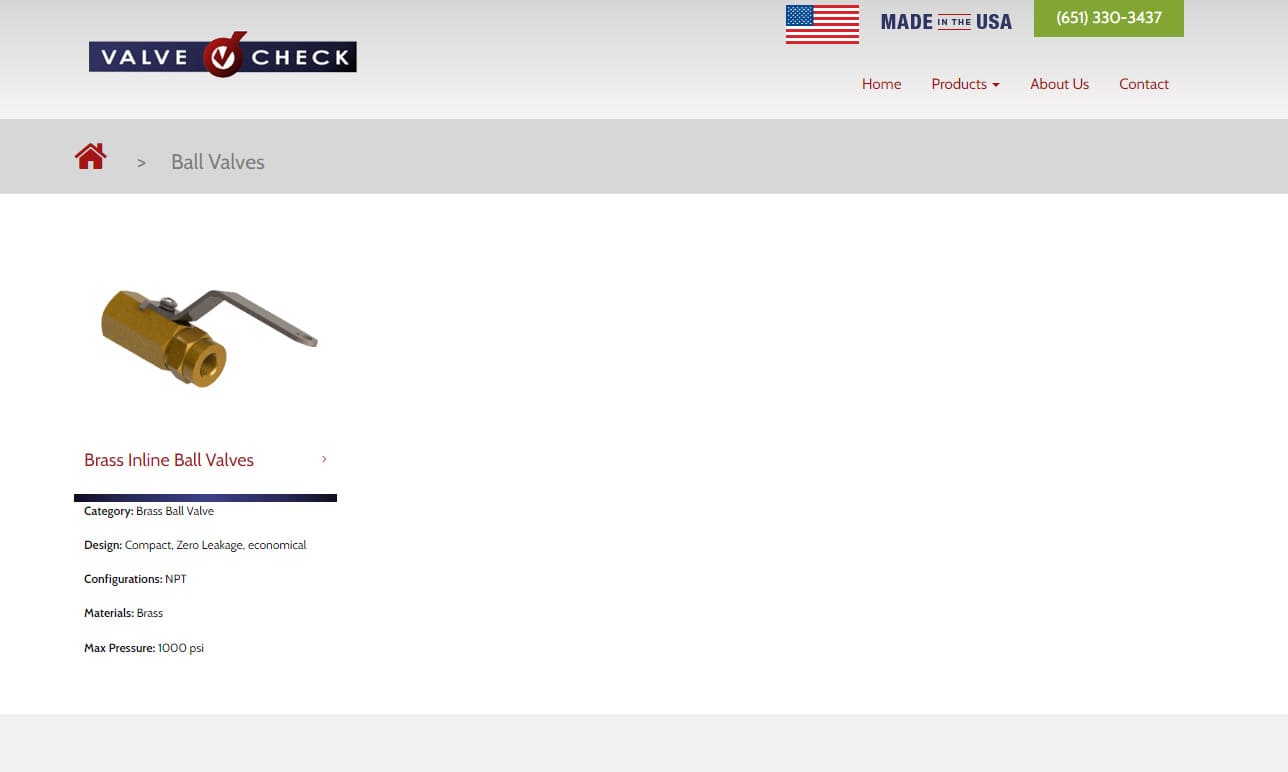
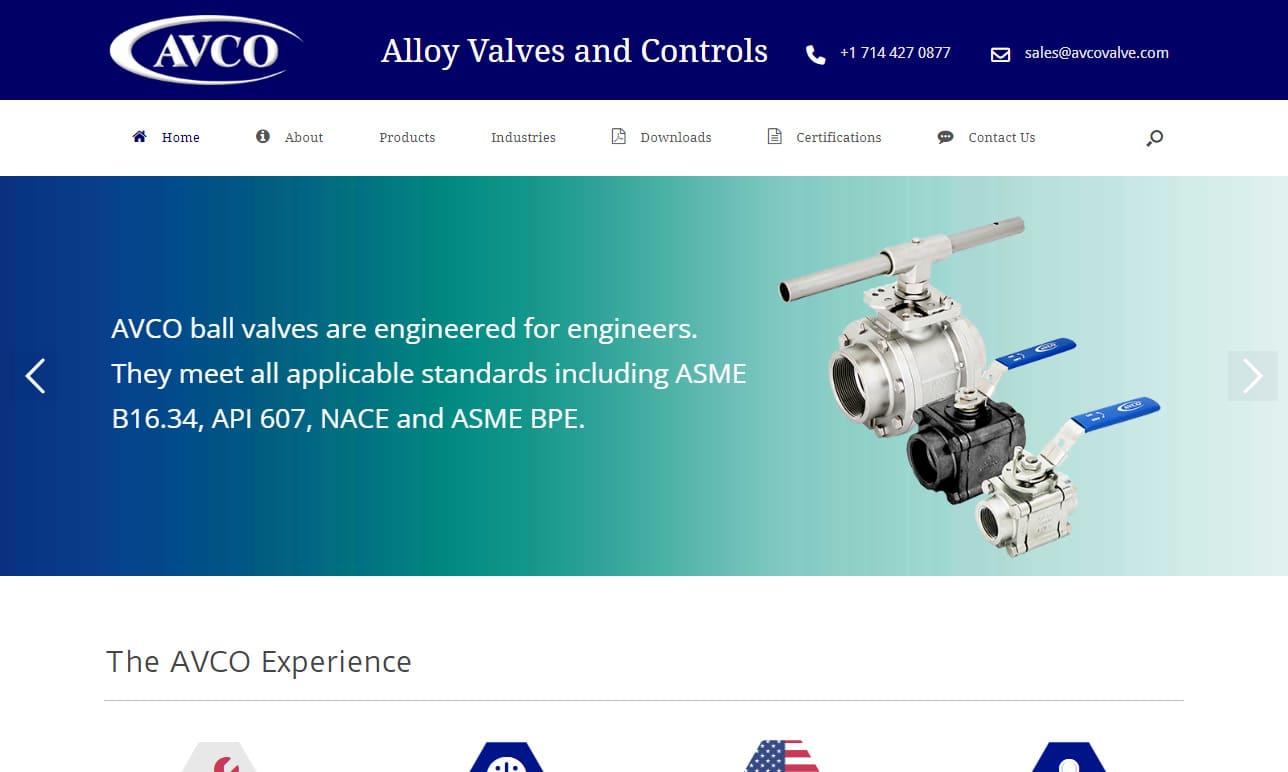
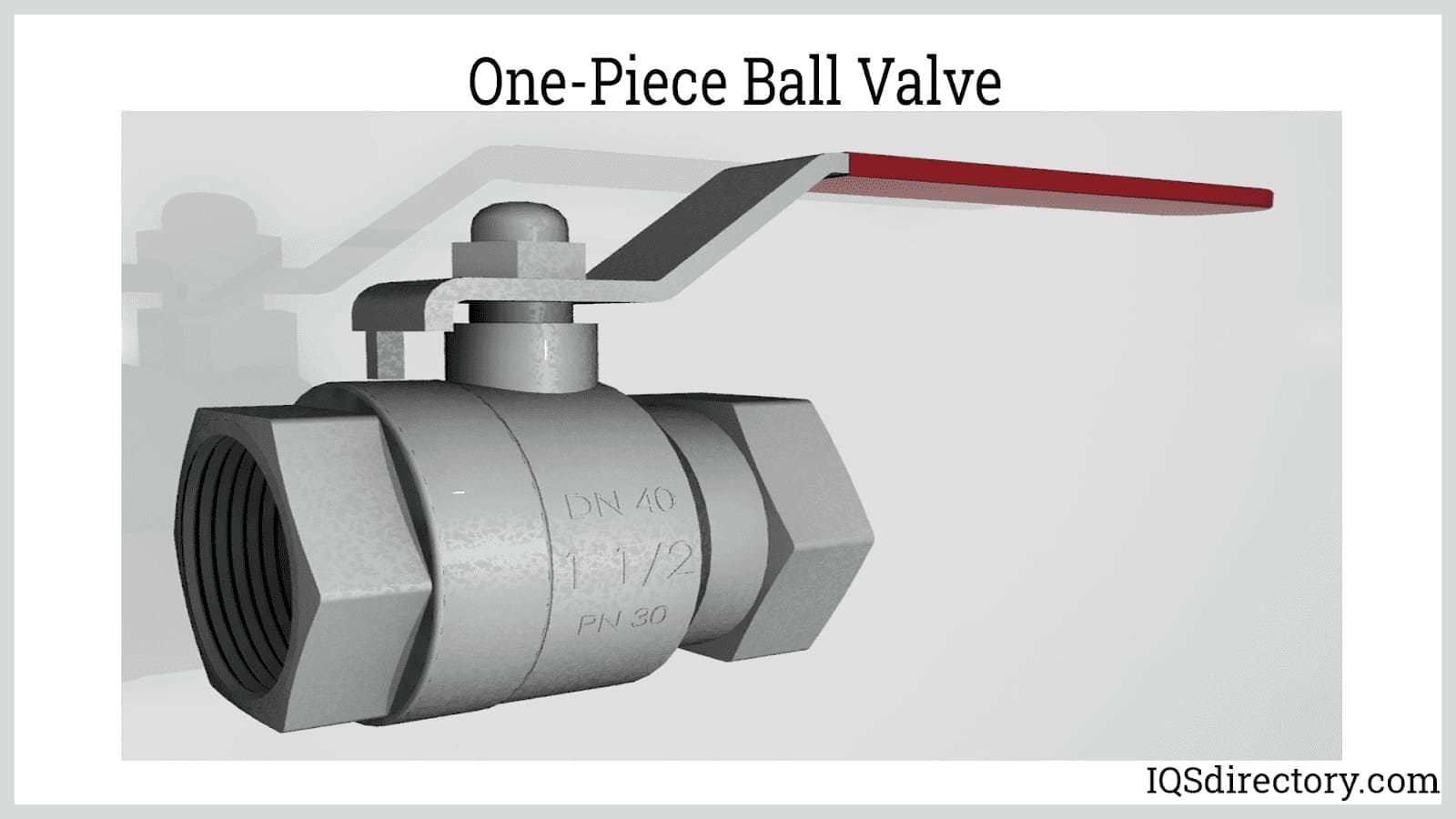

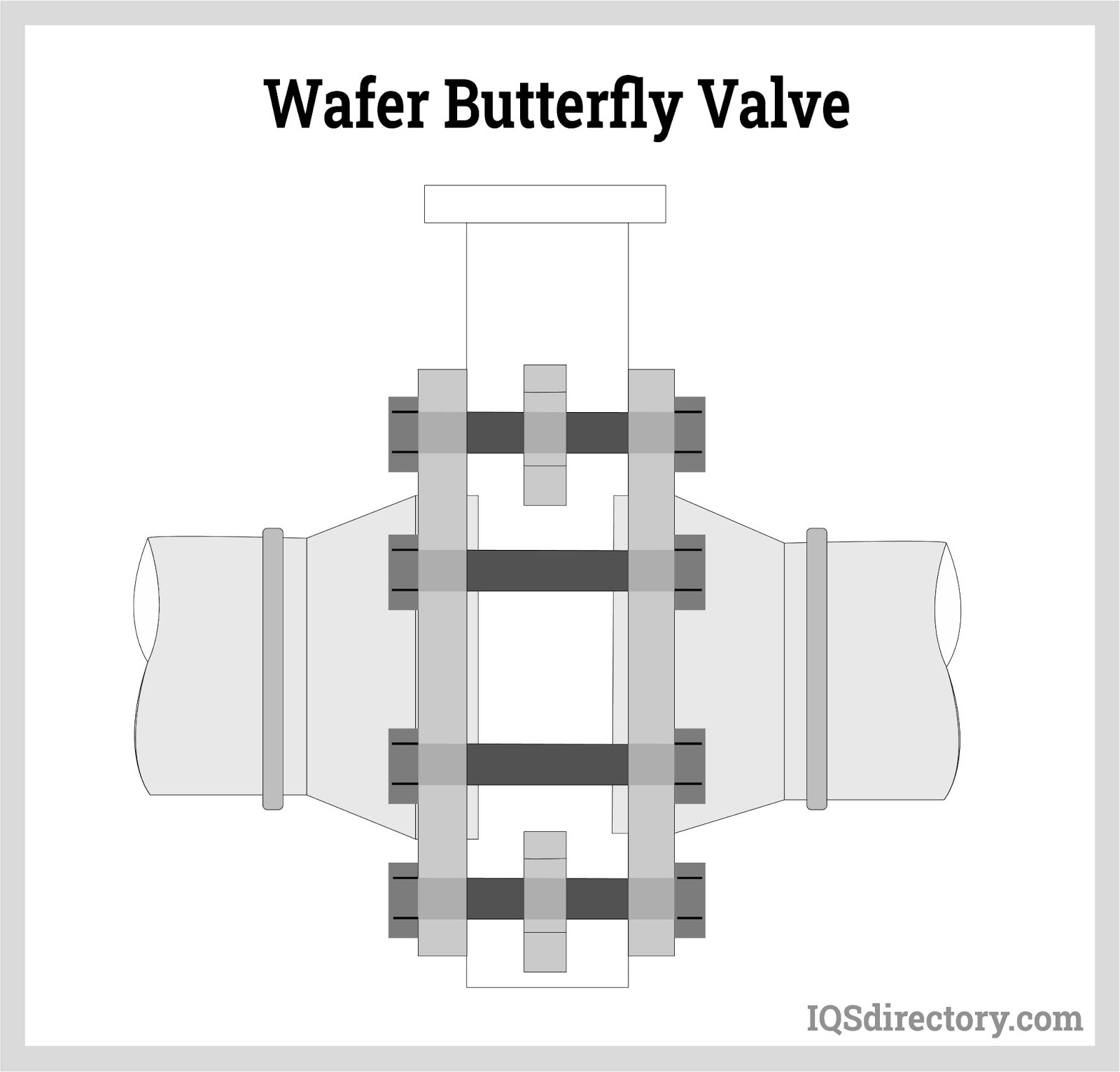
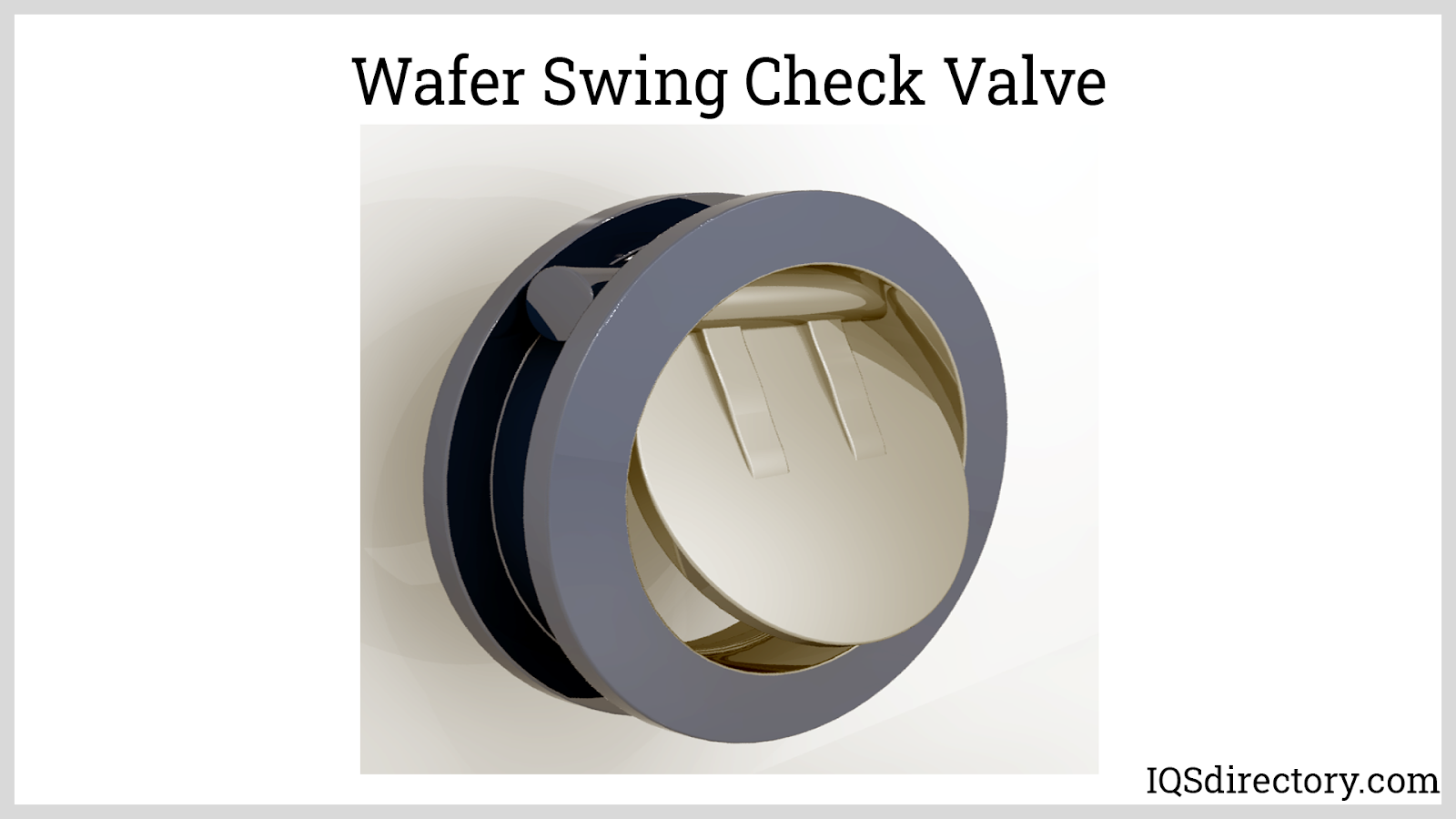
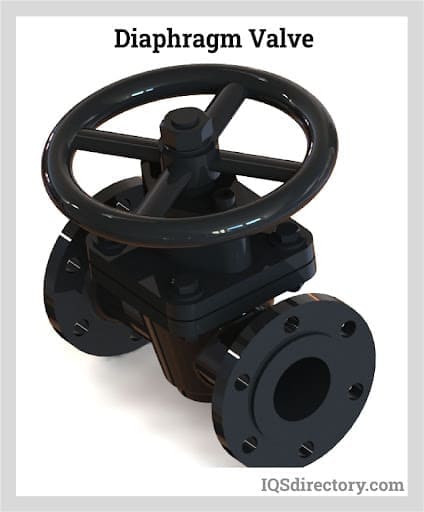
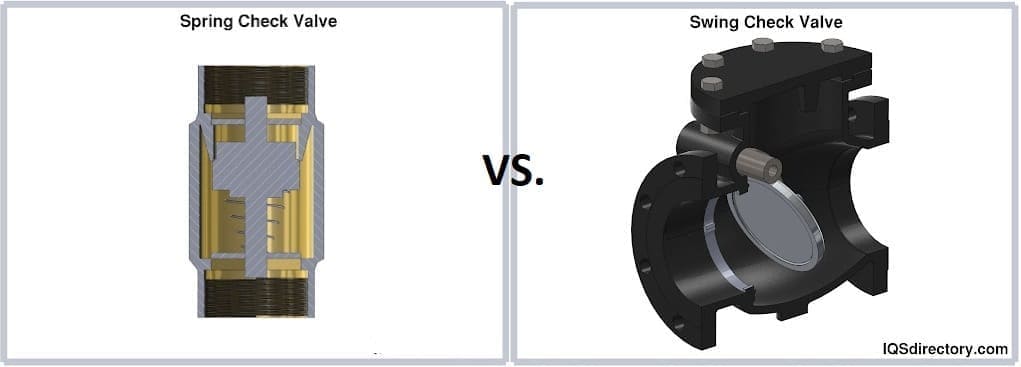
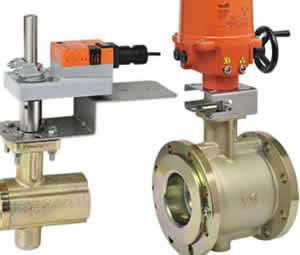 Ball Valves
Ball Valves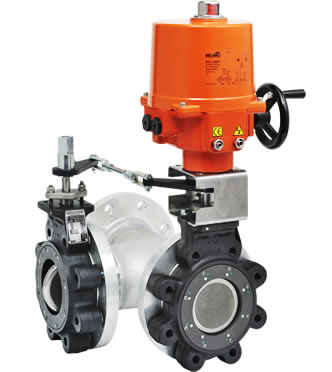 Butterfly Valves
Butterfly Valves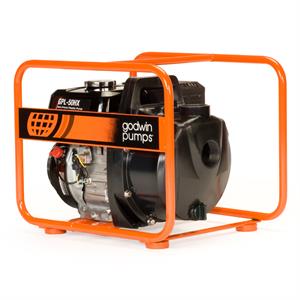 Centrifugal Pumps
Centrifugal Pumps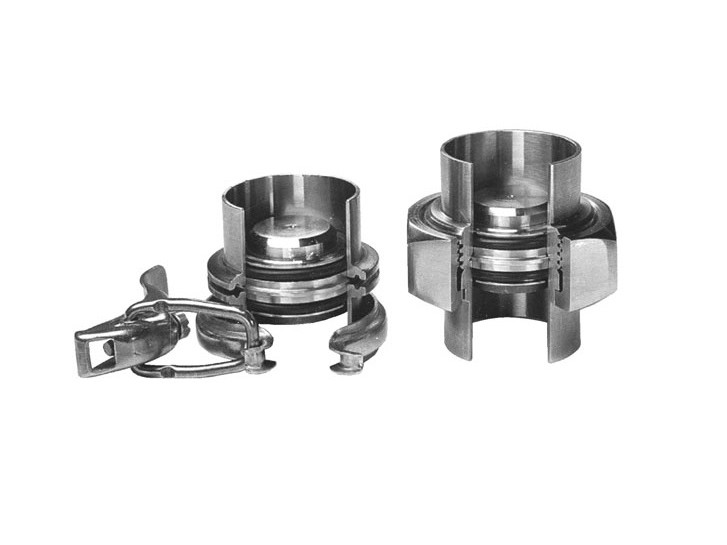 Check Valves
Check Valves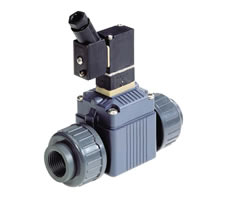 Diaphragm Valves
Diaphragm Valves Flow Meters
Flow Meters Hydraulic Pumps
Hydraulic Pumps Hydraulic Valves
Hydraulic Valves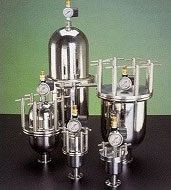 Metering Pumps
Metering Pumps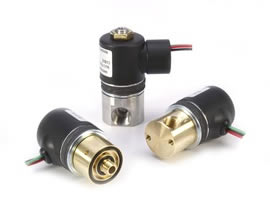 Solenoid Valves
Solenoid Valves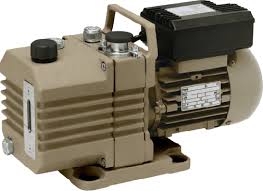 Vacuum Pumps
Vacuum Pumps Castings & Forgings
Castings & Forgings Bulk Material Handling
Bulk Material Handling Electrical & Electronic Components
Electrical & Electronic Components Flow Instrumentation
Flow Instrumentation Hardware
Hardware Material Handling Equipment
Material Handling Equipment Metal Cutting Services
Metal Cutting Services Metal Forming Services
Metal Forming Services Metal Suppliers
Metal Suppliers Motion Control Products
Motion Control Products Plant & Facility Equipment
Plant & Facility Equipment Plant & Facility Supplies
Plant & Facility Supplies Plastic Molding Processes
Plastic Molding Processes Pumps & Valves
Pumps & Valves Recycling Equipment
Recycling Equipment Rubber Products & Services
Rubber Products & Services